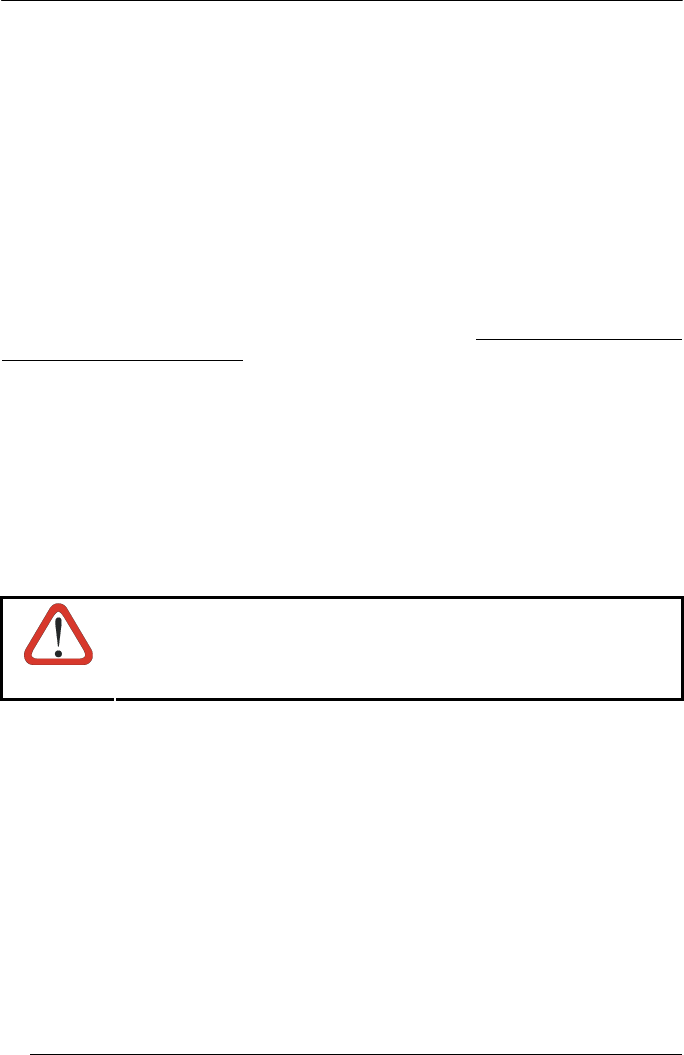
POWERSCAN
®
D8330/M8300
144
5.2.5 Inter-Block Delay
For the PEN Emulation interface, data are sent to the Host in fixed size blocks of 20
characters each. The inter-block delay parameter allows setting a delay between
each block sent to the Host.
5.3 NETWORK PARAMETERS
5.3.1 Slave Address Range First/Last
These parameters define the valid addresses for the Slave cradles on the network.
Valid values are in the range 0 to 1999. However, the maximum number of cradles in
a single network is 16, (including the Master if present). All cradles in the system
must have different addresses.
To reduce system boot time, it is recommended to number the Slaves consecutively,
while it is not necessary that the Master cradle address is contained in the range.
The network addresses correspond to the radio addresses, see par. 4.7.
At system power-up, the Master searches for and initializes all the Slaves found in
the valid address range. During this phase the yellow LED on the Master cradle
blinks. The time to complete the start up procedure varies depending on the
complexity of the network but is typically between a few seconds to a few minutes.
Start up cannot be interrupted. At the end of this procedure the system will be
operative and can collect data from all devices.
CAUTION
All Slaves must be powered up either before or together with the
Master. Slaves successively powered will not be recognized by
the system even if their address is in the specified range.
5.3.2 Network Warning Message
The Master cradle can transmit warning messages to the Host regarding some
network errors.
/*Slave xxxx not responding*/: when the Master can no longer communicate
with the specified Slave previously identified at start up.
/*Frame out of sequence for terminal xxxx*/: if a reader is sending data
packets out of sequence. This can happen if there are transmission problems
on the network (either connection or communication), or if the reader has
correctly transmitted data to a device not on the network (reader configuration
error).


















